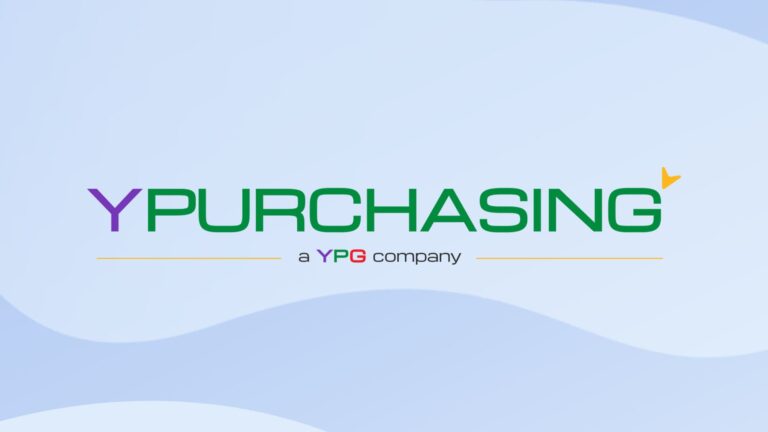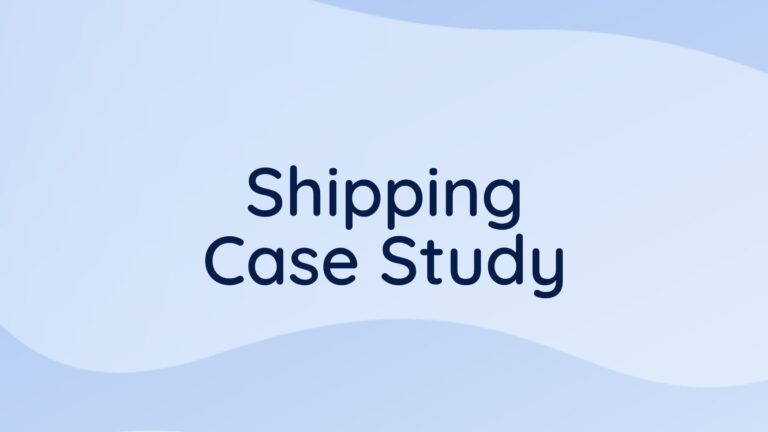
Navigating the 10 Stages of the Procurement Cycle
Explore the 10 stages of the procurement cycle, get expert tips on how to navigate each step, and find ways to drive cost savings and efficiencies.
By Hugo Britt | November 10, 2022
Procurement is an incredibly complex function that plays a crucial role in the success of an organization. Supplier selection, issuing RPFs, and negotiating contracts – and everything in between – is all part of an intricate process.
Understanding and mastering these steps is essential to ensuring efficiency, cost-effectiveness, and ultimately, achieving business goals.
Understanding 10 Stages of the Procurement Cycle
We know that navigating the different stages can feel daunting. I mean, do you really need to complete every step for every purchase? Does every purchase require an audit? How often should you be reviewing supplier performance?
They may not want to admit it, but some practitioners are even wondering if there ways to cut corners while cutting costs.
With careful planning and understanding of each stage, procurement professionals can easily navigate and simplify the sourcing process. In this article, we’re diving into the 10 key stages of the procurement cycle. Each section will provide strategies to reach your goals along with practical tips to help you confidently navigate each step.
Procurement is a complex yet necessary function that plays a crucial role in the success of an organization.
Understanding and mastering the procurement cycle is key to ensuring efficiency, cost-effectiveness, and ultimately, achieving business goals.

1. Determine your business needs
The procurement cycle begins when you realize your organization needs to obtain goods or services from an external supplier. Take time to understand budget constraints, the overall objectives of your business, and the priorities of individual departments.
When you have a clear understanding of your needs, your team can make better purchasing decisions that drive cost efficiencies.
Pro Tip: During this process, be sure to seek guidance and input from cross-functional internal stakeholders. This research will provide you with useful information regarding company needs. Engaging with subject-matter experts can also ensure compliance and buy-in during the later stages of the procurement cycle.
2. Complete a market analysis
Next up, you’ll need to complete a thorough market analysis to understand the options available. This will ultimately enable you to compile a list of prospective suppliers. Your market analysis ought to consider costings, key players, and challenges and dynamics, alongside how the market is evolving.
Pro Tip: Once you have completed your market research, produce a market summary document that details your key findings.
3. Compile a list of suitable suppliers
Armed with a summary of the market, you have all the necessary information to compile a list of appropriate suppliers.
Pro Tip: Make sure you are shortlisting vendors with your top priorities in mind. Priorities may include sourcing locally, improving efficiency, and cost reduction. You may also be looking to drive innovation throughout the supply chain or foster a closer working relationship with your supplier.
4. Produce tender documents
Before selecting suppliers, provide them with precise specifications including budget, volume, time frame, service agreement, and terms and conditions.
Pro Tip: Your documents should distinguish between your specific requirements and personal preferences. For this reason, it’s a good idea to involve key stakeholders at this stage of the procurement cycle.
5. Issue RFI, RFQ, or RFP
If your procurement process is complex, you might consider starting the RFx process for your chosen suppliers. This could entail asking for information (RFI), a quote (RFQ), or a proposal (RFP).
In more complicated scenarios, an RFP can provide you with more detailed information around several factors. If you know exactly what you want and when you need it, an RFQ might be more than sufficient.
Pro Tip: Although it may take some time, don’t take shortcuts during this process if you have to submit an RFx. The goal is to find a supplier that can best meet your needs.
6. Negotiate and award the contract
Gather and analyze data from potential suppliers. Once you have done this, you can award the contract to your chosen supplier.
At this stage, it’s essential to negotiate contract terms that serve both parties. This will ensure you can embark on a long and healthy partnership. Your contract should address factors including costings, terms and conditions, break clauses, and KPIs.
Pro Tip: Review similar contracts your organization has on the books for a better idea of what you need to include. See what’s working well, where to lower costs and how to improve efficiencies. It’ll also serve as a way to learn from former mistakes and eliminate unrealistic contract terms.
7. Finalize the purchase order
Once both parties are happy with the details outlined in the contract, you can finalize your purchase order. This should include a description of the goods and services you are buying, volume requirements, time frames, and costs.
After your financial team approves, the supplier will get a purchase order to fulfill the order and send an invoice.
Pro Tip: Purchase orders serve as legal documentation. To ensure protection for both sides, it’s important to clearly define the details of your arrangement.
8. Process payment
Your supplier will provide a detailed invoice that includes the agreed price and instructions on how to pay it.
Pro Tip: Make sure you carefully review the payment terms offered by your supplier to ensure you make timely payments. Utilize payment technology to simplify and automate the payment process.
9. Audit your order
All being well, your chosen supplier will deliver your goods or services as specified and within the required time frame. Maintain a log of your delivery date and verify the items received. Jot down any problems encountered to resolve them with your provider. Reference them when it comes to reviewing or renewing a contract.
Pro Tip: Keep records of all of the documents associated with your purchase, including contracts, invoices, order audits, etc. This will help you to accurately manage your procurement budget, analyze your company’s spending, and make improvements in the future.
10. Review performance
Regularly assess contract performance to ensure your procurement team is obtaining the most value and meeting objectives. Use supplier KPIs, workflows, and key results to evaluate progress and gauge the success of your supplier partnership. Frequently review and modify contracts as necessary.
Pro Tip: Having regular communication with your suppliers will provide opportunities for them, and your internal stakeholders, to give feedback. Schedule review dates with your vendor to review feedback and discuss changing expectations and requirements. Make any necessary amendments to the contract at this time.
Thoroughly completing each step of the procurement cycle can feel daunting at times. Luckily, businesses have the opportunity to cut down on the time it takes to procure goods and services by utilizing third party resources.
Driving efficiencies throughout the procurement cycle
Making sure you’re completing each step throughout the procurement cycle can feel daunting at times. Luckily, businesses have the opportunity to cut down on the time it takes to source goods and services.
Group purchasing organizations (GPOs) can prove invaluable when it comes to streamlining and simplifying the procurement cycle. At Una, our speed to savings timeline sets us apart. Members are able to skip the lengthy supplier selection process, bypass RFPs in certain categories, and take advantage of well-established supplier relationships. We connect our members to ready-to-go supplier contracts that align with your stakeholders’ goals in a matter of weeks.
Other GPOs may focus solely on your bottom line. We prioritize our members’ success and take an advisory approach to procurement. Our services go well beyond cost savings to include overseeing the contract negotiation process, spend analyses, and personalized consulting. Our sourcing advisors work as an extension of your procurement department and are here to educate, advise, and enable your success.
To learn more about a GPO’s role within your procurement strategy and how to further improve the procurement process, download a free copy our popular playbook below:









